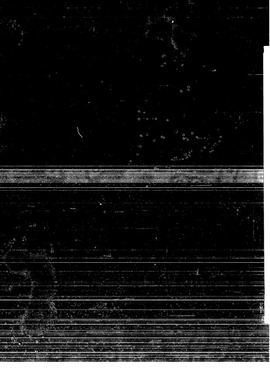| dc.contributor.author | Bacon, Constance Conlee, | en_US |
| dc.date.accessioned | 2013-08-16T12:28:33Z | |
| dc.date.available | 2013-08-16T12:28:33Z | |
| dc.date.issued | 1982 | en_US |
| dc.identifier.uri | https://hdl.handle.net/11244/4991 | |
| dc.description.abstract | This study was designed to understand better the relationship among supervisory communication style, role ambiguity and communication ambiguity. In addition, an intervening variable, understanding, was expected to provide an explanation for the relationship. Supervisory communication style was conceptualized as having three levels: traditional, problem-solving, and coorienting. Significant differences in role and communication ambiguity scores were predicted for superiors perceived as having different supervisory communication styles. Research questions were posed concerning the level of understanding shared by superiors and subordinates based on superiors' supervisory communication style. Finally, research questions were asked concerning the relationship between role and communication ambiguity and understanding. | en_US |
| dc.description.abstract | Conversely, traditional superiors were perceived by their subordinates as being lower in communication ambiguity than the other styles and also shared higher understanding with their subordinates than the other styles. This relationship is explained by the fact that traditional superiors share higher understanding with subordinates than superiors having the other styles and that understanding is negatively correlated with communication ambiguity. | en_US |
| dc.description.abstract | Subjects for the study were personnel in a small, family-run bank in a large, midwestern city. Fifteen subjects were superiors and forty-five were subordinates. They completed questionnaires designed to measure supervisory communication style, role and communication ambiguity, and understanding. | en_US |
| dc.description.abstract | The results indicated that problem-solving superiors were perceived by their subordinates as being more effective in reducing role ambiguity than superiors having other styles, and that problem-solving superiors shared a low degree of understanding with their subordinates. | en_US |
| dc.format.extent | v, 138 leaves ; | en_US |
| dc.publisher | The University of Oklahoma. | en_US |
| dc.subject | Business Administration, Management. | en_US |
| dc.title | The relationship between supervisory communication style and ambiguity in superior-subordinate communication. | en_US |
| dc.type | Thesis | en_US |
| dc.thesis.degree | Ph.D. | en_US |
| dc.note | Source: Dissertation Abstracts International, Volume: 43-05, Section: A, page: 1659. | en_US |
| ou.identifier | (UMI)AAI8224184 | en_US |
| ou.group | College of Arts and Sciences::Department of Communication | |
